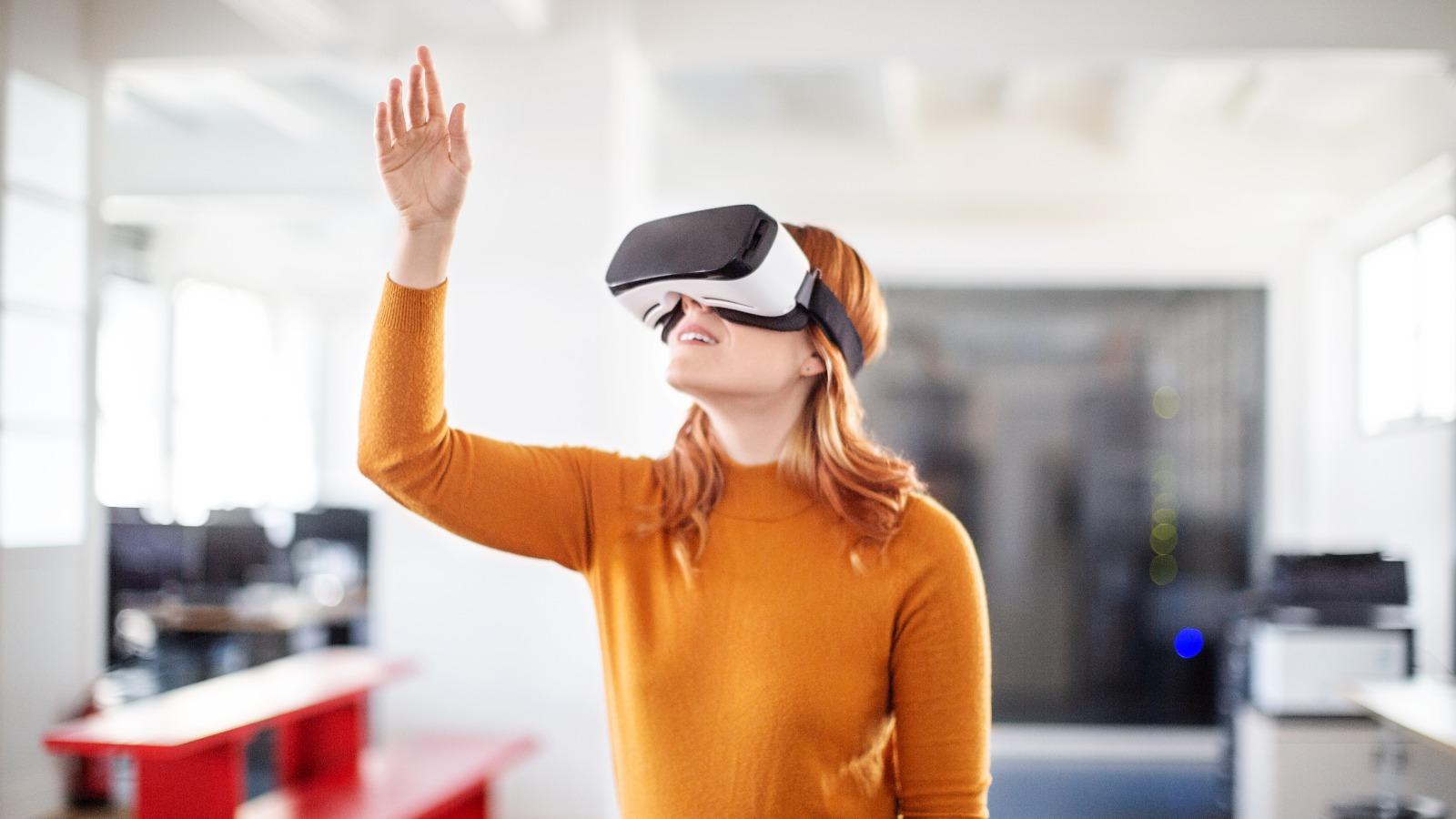Technology
A Deep Dive into the Metaverse: Beyond the Hype
By Trendspark Team
•
The term "metaverse" exploded into the public consciousness a few years ago, promising a new, immersive version of the internet. While the initial hype was fueled by flashy demos and corporate rebranding, the true vision of the metaverse is a much deeper and more complex technological shift that is still being built. Let's look past the buzzwords to understand what it really means.
What is the Metaverse, Really?
At its core, the metaverse is the concept of a persistent, interconnected set of virtual spaces. Think of it not as a single game or app, but as the next evolution of the internet—from a 2D web of pages to a 3D web of spaces.
Key characteristics include:
- Persistence: The virtual world exists and continues to evolve even when you're not in it.
- Interoperability: You should be able to take your identity (your avatar) and your digital assets (like a virtual car or piece of clothing) from one virtual space to another, just like you can navigate between different websites today. This is one of the biggest technical challenges.
- Shared Experience: It's a social space where you can interact with other people's avatars in real-time.
The Building Blocks of the Metaverse
The metaverse isn't a single technology; it's a convergence of several.
1. Virtual and Augmented Reality (VR/AR): These are the primary gateways to the metaverse. VR headsets like the Meta Quest 3 create fully immersive digital worlds, while AR glasses like the upcoming Apple Vision Pro will overlay digital information onto the real world.
2. Blockchain and NFTs: Blockchain technology provides a decentralized way to track ownership of digital assets. Non-Fungible Tokens (NFTs) act as unique certificates of ownership for virtual goods, from art to real estate, creating a foundation for a true digital economy.
3. 3D Graphics and Game Engines: Tools like Unreal Engine 5 and Unity are essential for building the realistic, high-fidelity virtual worlds that the metaverse requires.
*Internal Link: Many of these technologies are powered by AI. Learn more about the Top 10 AI Tools of 2025.*
What Will We Do in the Metaverse?
The applications go far beyond gaming and social media.
- Work and Collaboration: Companies are already building virtual offices where remote teams can collaborate in a more engaging way than a video call. Imagine a team of engineers manipulating a 3D model of a new product together in a virtual room.
- Education: Students could take a field trip to ancient Rome, or medical students could practice surgery in a hyper-realistic simulation without any risk.
- E-commerce: Instead of browsing a 2D website, you could walk into a virtual store, try on clothes on your avatar, and have the physical item shipped to your home.
- Entertainment: Attending a concert by your favorite artist with thousands of other fans from around the world, all from your living room, is already happening on platforms like Fortnite and Roblox.
The Hurdles to Overcome
The full vision of the metaverse is still a long way off.
- Technological Maturity: VR/AR hardware is still clunky and expensive for many. We need more powerful and lightweight devices.
- Interoperability Standards: Currently, the "metaverse" is a collection of walled gardens (Roblox, Decentraland, etc.). Creating open standards so users can move seamlessly between them is a massive undertaking. For an overview of this challenge, read analysis from tech journals like IEEE Spectrum.
- Ethical and Social Issues: We need to figure out rules for governance, data privacy, and how to prevent harassment in these new virtual spaces.
The metaverse isn't a fad that has passed; it's a long-term evolution of the internet. The journey is just beginning, and it will likely be a decade or more before we see a version that resembles the seamless virtual world of science fiction.